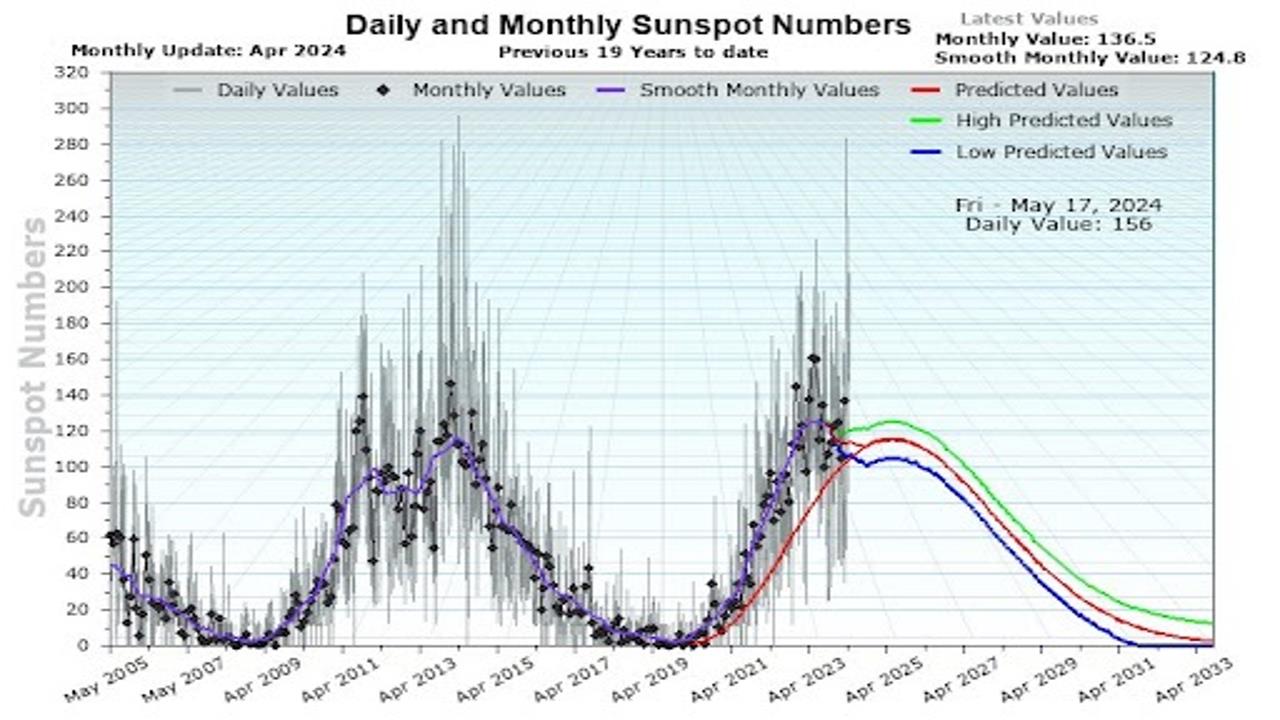Video:
Take our online poll:
AI Analysis:
A Carrington Event refers to a massive solar storm that was first observed by British astronomer Richard Carrington in 1859. This solar storm is considered the largest geomagnetic storm on record and provides a benchmark for understanding the potential impacts of similar future events.
What is a Carrington Event?
A Carrington Event occurs when a large solar flare, accompanied by a coronal mass ejection (CME), erupts from the sun and sends a burst of charged particles toward Earth. When these particles interact with Earth's magnetic field, they can cause significant geomagnetic disturbances.
Historical Impact of the 1859 Carrington Event:
Telegraph Systems: The 1859 event caused widespread disruptions to telegraph systems, the primary communication technology of the time. Telegraph operators reported electric shocks, telegraph paper catching fire, and systems continuing to operate despite being disconnected from their power supplies due to induced electric currents.
Auroras: The event produced spectacular auroras that were visible much closer to the equator than usual, with reports of auroras seen as far south as the Caribbean.
Potential Impacts of a Modern Carrington Event:
If a Carrington-scale solar storm were to hit the Earth today, the consequences could be severe, given our heavy reliance on technology and interconnected systems. Potential impacts include:
Power Grids:
Widespread Blackouts: Geomagnetic induced currents (GICs) could overload and damage transformers and other critical components of electrical grids, leading to prolonged blackouts.
Infrastructure Damage: Repairing and replacing damaged infrastructure could take weeks to months, affecting millions of people.
Communication Systems:
Satellite Damage: Satellites are vulnerable to increased radiation levels, which can damage or destroy sensitive electronics, disrupting GPS, communications, and weather monitoring services.
Radio Blackouts: High-frequency radio communications could be disrupted, affecting aviation, maritime operations, and emergency services.
Aviation:
Navigation and Communication: Pilots rely on GPS and radio communications, which could be severely disrupted, leading to potential navigation issues and increased flight risks.
Radiation Exposure: Increased radiation levels could pose health risks to passengers and crew, particularly on polar routes.
Internet and Technology:
Internet Outages: The backbone of the internet relies on undersea cables and data centers, which could be affected by power outages and geomagnetic interference.
Technological Devices: Consumer electronics, including smartphones and computers, could experience malfunctions due to electromagnetic interference.
Economic Impact:
Economic Disruption: The cascading effects of power outages, communication breakdowns, and technological failures could result in significant economic losses. Estimates suggest that a severe geomagnetic storm could cause trillions of dollars in damage globally.
Human and Social Impact:
Health Services: Hospitals and healthcare facilities, dependent on electricity and communication networks, could face operational challenges, affecting patient care.
Emergency Response: Disrupted communication and navigation systems could hinder emergency response efforts, complicating disaster management and recovery.
Mitigation Strategies
Grid Hardening: Upgrading and protecting critical infrastructure, such as power grids and transformers, against geomagnetic disturbances.
Early Warning Systems: Developing and maintaining robust solar monitoring and early warning systems to provide advance notice of solar storms.
International Cooperation: Coordinating globally to share data, resources, and response strategies to mitigate the impact of such events.
Public Preparedness: Educating the public about potential risks and encouraging preparedness measures to reduce the impact of prolonged outages.
In summary, a modern Carrington Event could have profound and far-reaching impacts on our technologically dependent world. Preparing for such an event involves enhancing infrastructure resilience, improving early warning capabilities, and fostering international collaboration.
Chart:

References:


Comments